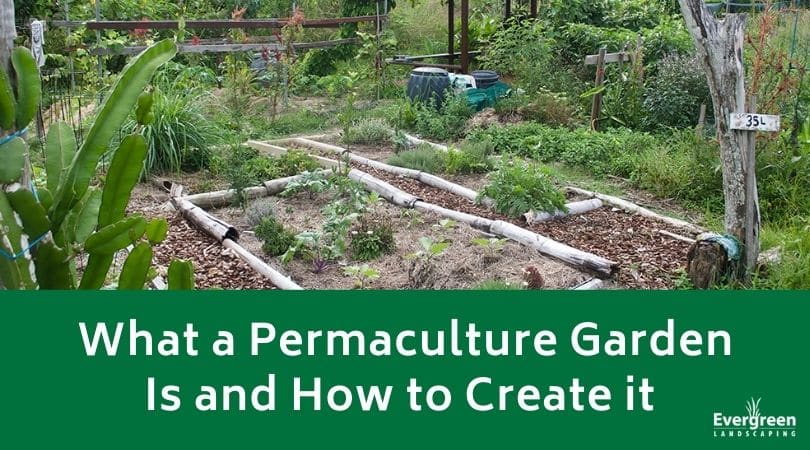
Permaculture gardening is a great choice for anyone who wants to grow their own food while having a sustainable system in place. The principles of this gardening method let you build a garden that relies solely on natural processes to promote growth, and you get a host of vegetables and fruits each season in return.
Defining Permaculture Gardening
This gardening design comes based on the concept of using your local environment to design your garden. It considers the needs of the local climate and natural ecosystem while meeting human needs. This gardening style also focuses on gradually building up the soil quality to help rejuvenate it as you make your plants stronger by adding nutrients. The basic ethics of this gardening style are to take only your share and return the surplus, care for people, and care for the Earth.
Steps to Start a Permaculture Garden
There are a few basic steps you take to start this sustainable garden, and we’ve outlined them below.
- Learn About the Environment
Learn the native insects, plants, and predators that live in the area where you’ll create your garden. Find out which parts of the garden get the most sun, and look for slops that could cause rainwater pooling. Do you see any unique features that you could use? For example, you could use taller native plants as natural trellises for some vegetables.
- Pick Plants Based on the Environment
Do a little research and find out which annuals and perennials will do best in your space. Set up companion plants by picking crops that deter pests, attract good insects, and fertilize the soil naturally. Green manure crops increase your soil’s nutrient levels over time, flowers attract butterflies, and certain herbs keep insects away.
- Design a Layout
Once you have your plants and understand your surroundings, plan your layout. Consider your water sources, light requirements, and the existing landscape to place each plant in an ideal location to encourage healthy growth. Try to grow herbaceous plants as your ground cover, shrubs in the middle layer, and trees at the top layer.
- Build Up Your Garden Beds
Raised beds work very well for this gardening method because you won’t till the soil. The raised beds should be between 6 and 12-inches above the ground. You can also incorporate sheet mulching by layering compost materials like wood chips, cardboard, stray, and leaves over your grass without tilling anything.
- Plant the Garden
Start planting by growing the taller plants first, so they provide shade for your shorter plants. Also, make sure that you group plants that have similar water and light needs together. This way, you can reduce how much you have to water to keep everything healthy.
- Add a Layer of Mulch
You won’t use chemical-based weed killers in this gardening method. But, you can suppress weeds and keep the soil moist by adding a layer of organic mulch over your newly planted items. Some options include newspaper, leaves, wood chips, straw, grass clippings, and shredded bark.
- Add Compost
Use natural compost over chemical-based fertilizers. Kitchen scraps and manure are both common natural compost ingredients. Worm tea and worm castings are also great because they have a high nutrient content.
- Use a Sustainable Watering System
Try to use the minimum amount of water to keep your garden healthy. A drip irrigation system is a good start to help prevent evaporation and keep the soil moist. You could also collect rainwater and use it to water the garden.
Contact Evergreen Landscaping
If you’d like to know more about this sustainable gardening method, contact us. We’re happy to help get you on the right track to get a healthy and thriving garden.
